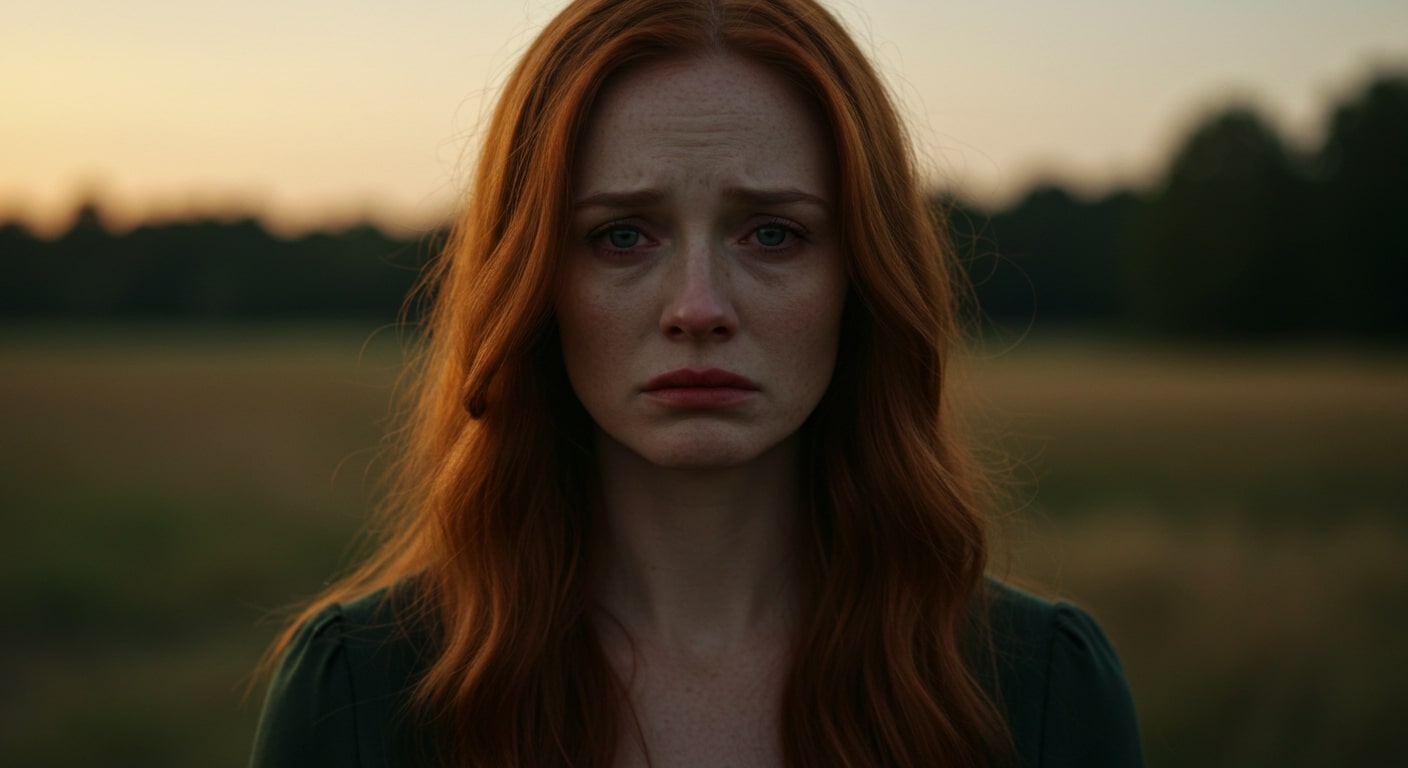Cinematography and director of photography are two terms that are often used interchangeably in the film industry. However, there are key differences between the two roles that are important to understand. In this article, we will explore the responsibilities of each role and the differences between them.
Cinematographer vs Director of Photography
Cinematography and Director of Photography are two significant roles in the film industry. While the terms are typically used interchangeably, there are some differences between the two positions.
- A director oversees all aspects of a film’s production, while a cinematographer focuses more on the visual elements.
- A cinematographer typically leads camera crews and directs shots, angles, and lighting. They manage the professionals in the camera, lighting, and sound departments.
A director of photography (DP) is responsible for the visual aspects of the film, including composition, lighting design, and camera movement. They frequently control what’s happening in front of the camera, such as lighting and framing, to capture the desired aesthetic as it works in tandem with the narrative.
- While the titles of Director of Photography and cinematographer can be interchangeable, there is a clearer distinction between that position and videographers and camera operators. DPs and cinematographers often control what’s happening in front of the camera.

- The primary difference between a cinematographer and a director of photography is the scope of their responsibilities. A cinematographer is responsible for a production’s overall look and feel, from concept to execution. They are responsible for the composition of the shots, the lighting design, and the color grading. On the other hand, a director of photography is more focused on the technical aspects of the production, such as the camera operation and the lens selection.
- In some instances, the difference between cinematographer and director of photography might be a moot point due to the fact that the director takes on both roles. This is more common in smaller video productions.
While the roles of cinematographer and director of photography are related, they have different responsibilities. The cinematographer focuses on the visual elements of the film, while the director of photography is more focused on the technical aspects. Ultimately, both roles are important in creating a successful film.
Here are 25 points that highlight the differences between a cinematographer and a director of photography:
Cinematographer:
- Focuses on the visual elements of the film1.
- Responsible for a production’s overall look and feel, from concept to execution.
- Leads camera crews and directs shots, angles, and lighting.
- Manages the professionals in the camera, lighting, and sound departments.
- Controls what’s happening in front of the camera, such as lighting and framing, to capture the desired aesthetic as it works in tandem with the narrative.
- Responsible for the composition of the shots, the lighting design, and the color grading.
- Works under the supervision of a director, who is responsible for the overall artistic vision and image of the film.
- May receive approval from the director for certain decisions.
- Focuses on the tone and mood of the film and the quality of each scene.
- May prefer to be called a cinematographer1.

Director of Photography:
- Responsible for the visual aspects of the film, including composition, lighting design, and camera movement.
- Controls what’s happening in front of the camera, such as lighting and framing, to capture the desired aesthetic as it works in tandem with the narrative.
- More focused on the technical aspects of the production, such as the camera operation and the lens selection.
- Works closely with the director to create a style for the production.
- May be referred to as a cinematographer.
- May be involved in every aspect of the film.
- Has a more limited role than the director.
- May prefer to be called a Director of Photography1.
Both:
- Are important roles in creating a successful film1.
- May have interchangeable titles1.
- Work collaboratively with the director.
- May vary in their roles depending on the production.
- Have different responsibilities.
- May take on both roles in smaller video productions.
- Control what’s happening in front of the camera.
- Work to capture the desired aesthetic as it works in tandem with the narrative1.
- Require great skill and experience.
- Are involved in the creation of the film’s visuals.
- May have personal title preferences1.
- Are responsible for the quality of the film’s visuals.

Conclusion:
In conclusion, while cinematography and director of photography are often used interchangeably, they are two distinct roles in the film industry. A cinematographer is responsible for capturing the visual aspects of a film, while a director of photography manages the camera and lens choice, framing and motion, as well as lighting setups.
Understanding the differences between these roles is important for anyone interested in pursuing a career in film production. Consider reading >>>>> The Best Black and White Cinematography in Film HistoryBest Black and White Cinematography to learn more.

I am a highly experienced film and media person who has a great deal to offer to like-minded individuals. Currently working on several exciting projects, I am a film and media practitioner for over a decade. I have achieved a great deal of success in my professional career.








